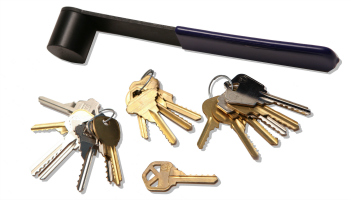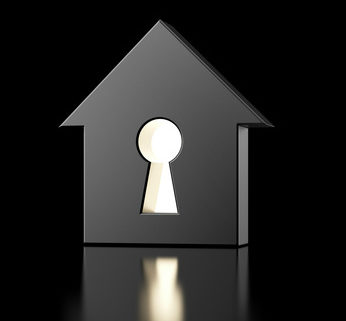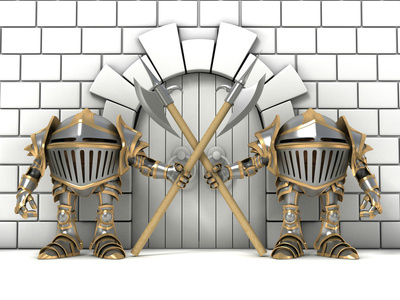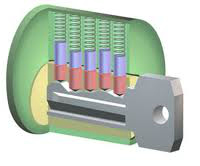5 Security Tips to Keep You and Your Family Safe
What can be more important than the safety of your loved ones? With crime on the rise it is a good idea to revisit simple ways to deter criminals from coming in your home and stealing your peace of mind or more. By making a few simple changes in your day to day living, you may tighten weak spots in your home’s security and keep your family safer.
1.Refrain from announcing your whereabouts on social networking sites
While many of us love to share highlights of our vacation fun on social media, broadcasting your whereabouts might not be the best idea. If the wrong person learns you are gone for a week, it could make your home an easy target. Instead, save yourself the worry and post your pictures and stories once you are back home.
2. Don’t open your door to strangers
Although opening your door to strangers is not a good idea, you should make your presence known. A current tactic of criminals is known as a “knock-knock” burglary. The bad guys go to the door of a home and knock. When no one answers, that is their cue to go around the back and break in. By announcing your presence, you stay safe behind a locked door and avoid someone from thinking no one is home.
3. Lock your doors and windows and have good outdoor/indoor lighting
It may go without saying that one should lock their doors and windows. Take a moment to reassess your habits. Do you close all your windows when you leave or go to bed? An open window is an invitation for a criminal to enter your home.
As for lighting, criminals don’t want to be seen, so good outdoor lighting tightens up another possible weak spot in home security, the dark. Also, indoor lighting says that people are home so keep lights on a timer when you are out of town as another step to prevent your home from being targeted.
4. Get to know your neighbors
Your neighbors can be a great asset to your home security! They are unique in that their proximity allows them to see your home from a different perspective and notice when something doesn’t look or feel right Get to know your neighbors, exchange numbers to notify one another if something is amiss, and collect one another’s mail while on vacation so the pile of uncollected mail doesn’t scream “nobody is home!”
5. Keep your house key close at hand
New technology exposes weak spots in our home security. It is now possible to use 3D printing to make a copy of a key and a new app allows one to get a key made from just a photo of a key. Don’t compromise your home security and peace of mind by putting your key in the wrong hands. When handing your keys off to a valet, mechanic, etc…only give them the key to your car and keep your house key safely tucked away. A valet key chain makes this simple to do.
As a final “tip”, store the local police/sheriff station number in your phone. By having the number nearby you can easily phone in a concern and avoid using 911 in a non-emergency.
Every active step we take towards home security is another layer that may deter a break in and prevent our home from being compromised.
The Lock Locker which prevents someone from unlocking your dead bolt, by either lock bumping or using a legitimate key, while you are home is a perfect example of a simple solution that adds another layer of security.







